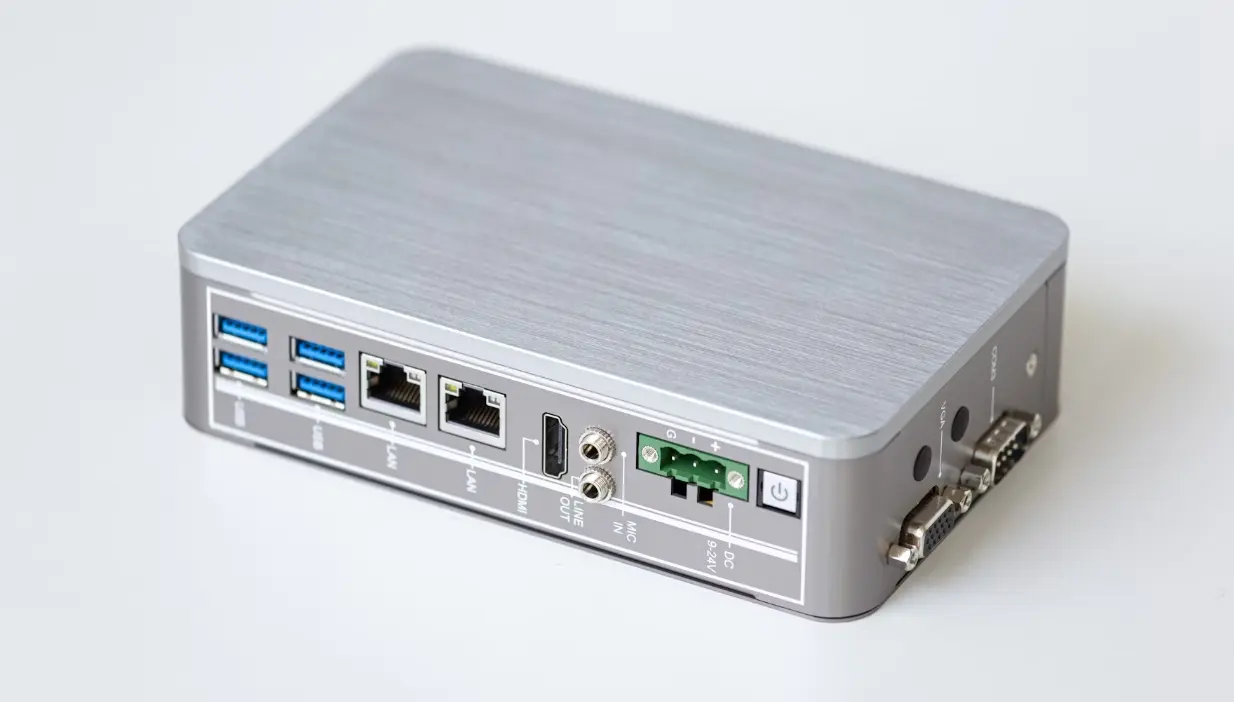
UL4200A Button Battery Product Testing
The Reese's Law (P.L. 117-171) was enacted in 2022 in the United States, establishing federal safety requirements for button or coin batteries to eliminate or significantly reduce the risk of injury to children aged 6 and under from ingesting button or coin batteries. Section 2 of Reese’s Law mandates that the U.S. Consumer Product Safety Commission (CPSC) issue a rule on button or coin batteries and consumer products containing such batteries. On September 21, 2023, the CPSC issued 16 cfr part 1263 – Regulations on Button or Coin Batteries and Consumer Products Containing These Batteries. This final rule adopts the voluntary standard ANSI/UL 4200a-2023 as the mandatory safety standard for button or coin batteries and consumer products containing such batteries.


Effective Date
Reese’s Law 16 CFR 1263.3 regarding consumer products containing button or coin batteries will be enforced starting March 19, 2024. To confirm compliance with Reese’s Law, general-purpose consumer products must provide a General Certificate of Conformity (GCC). Audio/video (AV), consumer electronics, and information technology devices are categorized as general-purpose products that use button batteries.
Scope of Applicability
1. Applies to household products that contain or may use button or coin batteries.
2. Applies to consumer products containing button or coin batteries. These requirements do not apply to products that are not intended to be used in places where children may be exposed, such as products used in professional or commercial settings where children are typically not present.
3. These requirements are intended to complement other safety requirements for products containing button or coin batteries and are not a replacement for specific requirements in other safety standards that address the physiological hazards of button or coin batteries.
4. Does not apply to products specifically using zinc-air battery technology.
5. Does not apply to toy products that meet the battery accessibility and labeling requirements of ASTM F963 Toy Safety Standard.
Testing Standards
ANSI/UL 4200A, dated August 30, 2023 – Products Incorporating Button Batteries or Coin Cell Batteries.
Standard Requirements
Structural Requirements:
- Use IEC61032 Test Probe 11 to ensure no contact with the battery.
- The battery compartment must require a tool (e.g., screwdriver, coin) to open, or at least two independent and simultaneous actions must be required to open the battery compartment lid or door if using hands.
- If the battery compartment lid or door is secured with screws or similar fasteners, these fasteners must be secured to the lid or door.
- Products with “non-user-replaceable batteries” must effectively prevent users or children from removing the battery. The product should be designed so that the battery is inaccessible via the outer casing or similar means, or the battery should be permanently fixed by welding, riveting, or similar methods.
Performance Requirements:
- Oven pre-treatment
- Torque test
- Opening/closing and disassembling/assembling battery/screws 10 times
- Pull-out test
- Drop test
- Compression test
- Impact test
- Probe test
- Compression test
- Stability test
- Durability of markings
Sample Quantity
2 units of the complete product.
Email:hello@jjrlab.com
Write your message here and send it to us
 Cytotoxicity Analysis (CCK-8 Method)
Cytotoxicity Analysis (CCK-8 Method)
 Disinfection Validation for Reusable Medical Devic
Disinfection Validation for Reusable Medical Devic
 ASTM F3208-2020 Testing Laboratory
ASTM F3208-2020 Testing Laboratory
 Reprocessing of Reusable Medical Devices ISO15883
Reprocessing of Reusable Medical Devices ISO15883
 Wireless Product Certification Guide
Wireless Product Certification Guide
 TISI Certification for Hair Dryers in Thailand
TISI Certification for Hair Dryers in Thailand
 Thailand TISI Compliance Certification Reminder
Thailand TISI Compliance Certification Reminder
 CPC Certification for Baby Crawling Mats on Amazon
CPC Certification for Baby Crawling Mats on Amazon
Leave us a message
24-hour online customer service at any time to respond, so that you worry!




